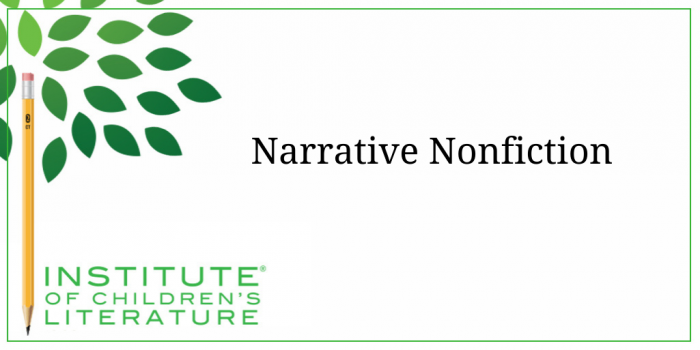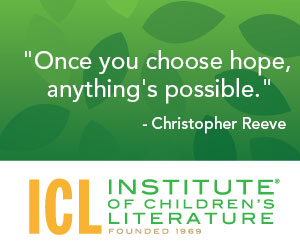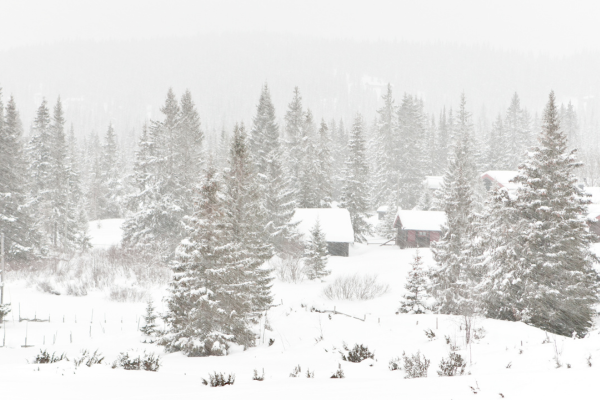1000 N. West Street #1200, Wilmington, DE 19801
© 2024 Direct Learning Systems, Inc. All rights reserved.

We teach our students how to write and get published!
View our Course Catalog >
Melissa Stewart, writer and nonfiction evangelist, fills her Twitter feed with books and bits to help writers and buyers better understand nonfiction. She’s made nonfiction her life. And she explains that nonfiction is basically broken into two broad types: expository (which describes, explains, and informs) and narrative (which tells a story or conveys an experience). Expository nonfiction can be broken down into more categories, but our focus this month is narrative nonfiction. Narrative nonfiction tells a story through carefully researched, factual recounting. Not all nonfiction books are strictly expository or strictly narrative. Some in fact contain both, but for now, let’s talk about books and articles that are all or nearly all narrative nonfiction.
Most people, when asked to give examples of narrative nonfiction will list biographies, and biographies are a valid category of narrative nonfiction. However, narrative nonfiction goes beyond biographies to any kind of nonfiction told as if it were a story. For example, one of my favorite narrative nonfiction books is Jim Murphy’s BLIZZARD! The Storm That Changed America. This book focuses on the story of the 1888 blizzard that brought life in New York City to a standstill. Not only does Murphy capture dozens of mini stories within the greater narrative, but he brings a unique picture of 1888 life to modern readers.

“Below him, the nighttime city sparkled and teemed with life––gas and electric lights, horse-drawn vehicles, steam-powered elevated trains, and scores of pedestrians on their way home from dinner, concerts, and the theater.”
Murphy goes on, using his research about Long’s vantage point and his research about the clear night to give us a picture of New York City. Throughout this section, Murphy sprinkles specific facts, such as the fact that the Equitable Building was one of the tallest structures in the world at the time. Narrative nonfiction does include facts, but only where they fit smoothly into the storyline.
The story of the 1888 blizzard works well for narrative nonfiction for the same reason that biographies work well for this style of writing. Both have a clear chronology with a marked beginning and end. These elements are necessary for a strong nonfiction story. And nonfiction can also mix both narrative styles and expository styles. For instance, you might have a book about dolphins that both tells the reader facts about dolphin life cycle, evolution, and physical structure but also include stories of how dolphins in the wild have communicated with humans or how specific dolphins have been part of human efforts to understand the oceans. These bursts of story within a nonfiction book can engage the reader in different ways than the interesting facts in the expository parts. According to nonfiction author Lee Gutkind in an essay for the New York Times, “All creative narrative nonfiction [is] fundamentally collections of scenes that together make one big story.” So narrative nonfiction is story.

According to Guttman, “To reconstruct stories and scenes, nonfiction writers must conduct vigorous and responsible research. In fact, narrative requires more research than traditional reportage.” This is because narrative nonfiction is still nonfiction. Writers don’t make up elements of weather or setting or action or dialogue. They research until they find supporting evidence for all these things when they are included. If a narrative nonfiction biography describes what someone is wearing on a given day, it’s because the author found a photo or read a description. If a narrative nonfiction book includes dialogue, it is because that dialogue was recorded in some form.
The bibliography for any work of narrative nonfiction is incredibly long. An author may include books from which they gleaned only one tiny element or videos from which they captured one piece of dialogue. It is through building up all these pieces that a full picture can form, and that is what narrative nonfiction is all about: giving the reader a clear picture that makes a specific factual story feel compelling and real for the reader. Narrative nonfiction can be extremely rewarding as publishers love good narrative nonfiction, and it wins awards. For example, in 2010, the ALA awarded the Margaret A. Edwards Award to noted narrative nonfiction author Jim Murphy, citing five of his works including BLIZZARD! His narrative nonfiction has also been listed as Newbery Honor books twice.
So narrative nonfiction is popular and respected. It’s also challenging but the stories that come out of the careful narrative nonfiction research bring the world clearer into the minds of young readers. They recapture specific times, people and places. They make history and the world accessible. Wouldn’t you like to do that too?
With over 100 books in publication, Jan Fields writes both chapter books for children and mystery novels for adults. She’s also known for a variety of experiences teaching writing, from one session SCBWI events to lengthier Highlights Foundation workshops to these blog posts for the Institute of Children’s Literature. As a former ICL instructor, Jan enjoys equipping writers for success in whatever way she can.
1000 N. West Street #1200, Wilmington, DE 19801
© 2024 Direct Learning Systems, Inc. All rights reserved.
1000 N. West Street #1200, Wilmington, DE 19801
© 2024 Direct Learning Systems, Inc. All rights reserved.
1000 N. West Street #1200, Wilmington, DE 19801
© 2024 Direct Learning Systems, Inc. All rights reserved.
1000 N. West Street #1200, Wilmington, DE 19801
© 2025 Direct Learning Systems, Inc. All rights reserved.
1000 N. West Street #1200, Wilmington, DE 19801
©2025 Direct Learning Systems, Inc. All rights reserved. Privacy Policy.
2 Comments